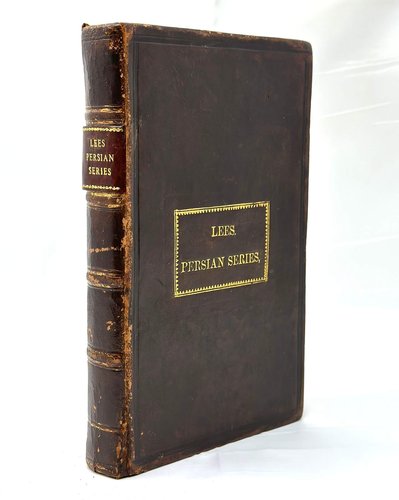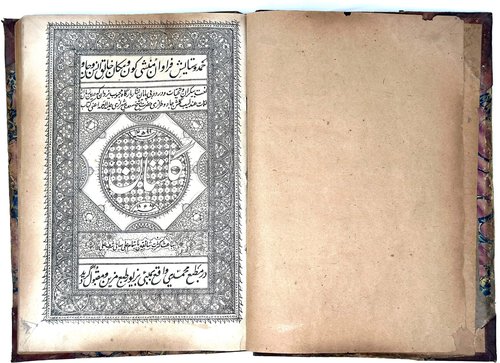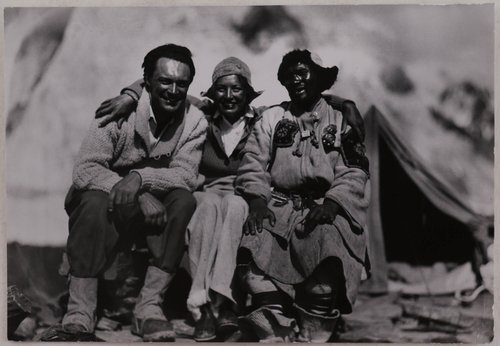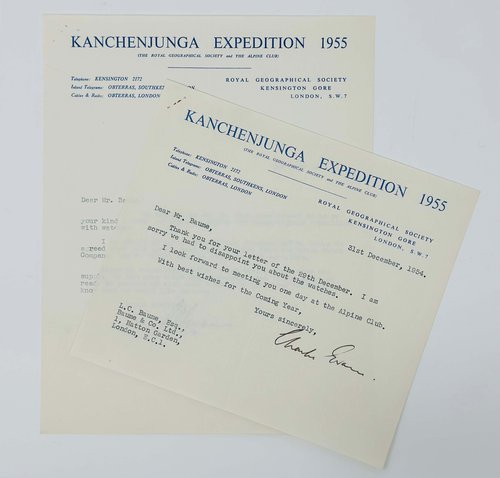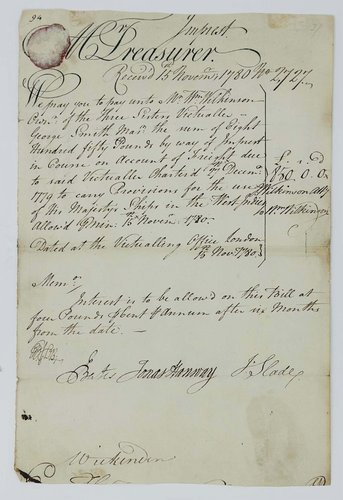






















#PC65
Ca. 1919-early 1920s
Twenty-one loose gelatin silver photos, including fifteen images ca. 24x29,5 cm (9 ½ x 11 ½ in) or slightly smaller, and six photos from ca. 20,5x28 cm (8x11 in) or slightly large and smaller. Five photos are mounted on card ca. 22x30 cm (8 ¾ x 12 in); all mounted photos are signed “Diwan” in negative. All other photos are signed “Holmes” in negative; four images also captioned in negative. Fifteen photos with period ink stamps “R.B. Holmes & Co., Copyright, Peshawar” on verso; twelve photos with period manuscript ink or pencil captions on verso. One image with the loss of the left lower corner, one photo with a repaired tear on the left side, several images with minor tears on extremities, but overall a very good collection of large rare photos.
Historically significant collection of large rare original photographs, illustrating military operations of the British Indian Army against the Mahsud Tribe in South Waziristan (now a part of Pakistan’s Khyber Pakhtunkhwa province) during the 1919-1920 campaign and shortly after. Most photos document various military engineering works in the Tank Zam River valley, between Barari Tangi and British camp in Sorarogha and Marobi (southeast of the Mahsud rebellion centre in Makeen), which took place in the aftermath of the campaign. The images include views of Sorarogha military camp (with the temporary street signs of “King’s Cross,” “Leslie Road” and “Skeen Road”), engineers constructing roads and bridges in Barari Tangi, Hazara Cliff, Zawa Kili Tangi, Hurley’s Corner, &c., roads near Marobi, the wilderness between Marobi and Dwa Toi, Piazha Algal River and British camp, Bangilawa Tower, &c. The other photos show the border between the British North-West Frontier and Afghanistan, a scene with British soldiers firing cannons, a group portrait of British military commanders, servicemen of a military orchestra, a scene of a military gathering or review, and a group portrait of local chiefs. Overall a nice collection of large original photos of the Waziristan Campaign of 1919-1920.
A list of manuscript captions (all these photo are signed “Holmes” in negative): Barari Tangi, 1/3rd Sikh Pioneers & 3rd Co. Bo.[mbay] S.[appers] & M.[iners] at work; 23rd Sikh Pioneers at work in Barari Tangi, showing tunnel made by 3rd Co. Bombay S. & M.; Pimple piquet, Barari Tangi (12 Co. S. & M. at work); Hazara Cliff, 106 Pioneers at work, 5 Co. B.S.&M. constructing walls along base of conglomerate cliff; 51 ft span bridge in course of construction; Bangilawa Tower & Cooli Camp; Road below Piazha Camp, Piazha Algad on left; Between Dwa Toi & Marobi; Road near Marobi, Marobi near centre of picture; [Zangal?] Kach, showing concrete bridge constructed by 21st R.[oyal] B.[ombay] S.[appers] & M.[iners]; Hurley’s Corner, 1/3rd Sikh Pioneers at work; Work at entrance t Zawa Kili Tangi (10 Co. B.S. & M. at work).
A list of captions in negative: End of British Territory showing Afghanistan. Holmes; Sararogha. Holmes 392; Sararogha. Holmes 393 (two identical images).
“The Tank Zam river valley was one of the few routes into the Mahsud heartland of South Waziristan. Major-General Sir Andrew Skeen's British force advanced into the Tank Zam on 18 December 1919 and in the weeks that followed were involved in some of the fiercest fighting of the campaign. The need to protect supply convoys from Mahsud snipers greatly reduced the speed of the British advance and they struggled to establish piquets along the valley heights in order to secure their lines of communication. In 1922 the British partly remedied these problems by building a road through the Tank Zam that was linked to their nearby garrisons” (National Army Museum).
“In the aftermath of the 3rd Afghan War and Waziristan uprising of 1919-1920, the British embarked on a road building programme to improve military access to the tribal areas. The construction work at Barari Tangi was undertaken by 12th Company Madras Sappers and Miners, 19th Company Bombay Sappers and Miners, and 3rd Company Bengal Sappers and Miners. Barari Tangi was a typical gorge some 46m wide. The road was built half way up a precipitous cliff over 62m high. Few footholds were available so that the men had to be roped to anchors on the crest: four of them fell, one of whom was killed” (National Army Museum).
Randolph Bezzant Holmes “took over the business established by his father, William D. Homes, around 1899 in Peshawar, Pakistan. Holmes was an official photographer of the Afghan Wars on the North-West Frontier in Afghanistan. He also spent time in Kashmir and in other Asian locales. Later in life he also painted watercolor landscapes of the same areas. In 1929 he published a memoir of his time in Afghanistan, Story of the North-West Frontier Province, Peshawar, containing gelatin print plates of his landscapes” (Duke University, David M. Rubinstein Rare Book and Manuscript Library).























